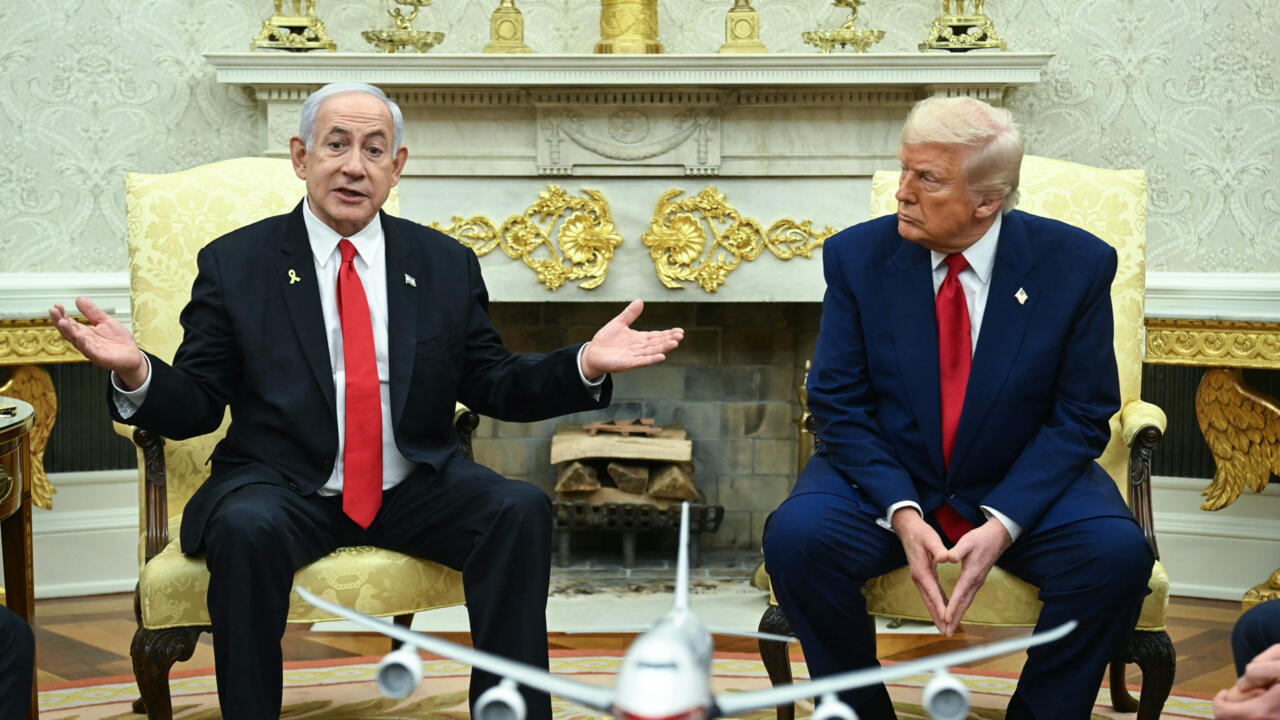This ringing general analysis was used against the AFL ever after by editorial writers and conservatives, but at the same time the federation also adopted a more pragmatic and less politically threatening strategy toward employers and the government. It emphasized higher wages, shorter working hours, and better working conditions, not class struggle. This narrow agenda (known as “pure and simple unionism”) was supposed to be accomplished through direct actions against employers, so it is not like the AFL members were afraid of confrontation or unaware of how most employers would react. In order to secure the long-term loyalty of their members, they first provided sickness, unemployment, and strike benefits in addition to the burial insurance that had been a staple of craft guilds since the colonial era.

- For instance, priority could be based on a combination of seniority and work performance.
- Workers are often bound by the decisions a union will make, even though they disagree with them.
- Suddenly, the bill was not only seen as threatening to most members of the conservative coalition, but to government executives as well.
- The union leaders in the liberal bloc proved to be very wrong, perhaps because they thought the primary issue for corporate leaders was profits, not power.
- Below are segregated explanations as to why employers do not like unions.
- What makes these donations all the more unexpected is that Lewis had voted for President Hoover in 1932 and the leaders of the other two unions, David Dubinksy and Sidney Hillman, had voted the Socialist Party ticket.
Many of the headlines during the Nixon years concerned the Vietnam War and rising government payments for various kinds to low-income people. There was also a kerfuffle over Nixon’s proposed Family Assistance Plan, a kind of guaranteed annual income for low-income families with children, which ultimately was vetoed by the conservative coalition. But the biggest issue by far in the eyes of the decision-makers was inflation, and behind inflation stood their beliefs about unions being the chief cause of inflation, especially in the construction, heavy metals, and automobile industries. Lawyers for the Department of Defense wrote the first draft of the preemptive executive order based on the claim that unionized employees might impede defense production. Ninety-two work stoppages between 1956 and 1961 by skilled craftsmen at the National Aeronautic and Space Administration were the primary basis for their concern.
Why Employees Join The Union?
Nationally, the top three states for new manufacturing jobs are right-to-work states , and four of the five top states for total manufacturing jobs are right-to-work states . A study of bordering counties located in right-to-work and non-right-to-work states found right-to-work counties have one-third chicken feed stores near me more manufacturing jobs than their non-right-to-work neighbor across the state line. Feingold said he too is working on new legislation to restore restraints on corporate participation. Justice Anthony Kennedy wrote the main opinion, which reads in part that there is “no basis for allowing the government to limit corporate independent expenditures.” Obama pledged to “work immediately” with Congress to develop a “forceful response.” This material may not be published, broadcast, rewritten, or redistributed.
Pros Of Labor Unions Around The World
Seventy-one percent of Americans now approve of labor unions — up from last year’s 68%. Union support is also up from 64%, before the COVID-19 pandemic, and is the highest the polling firm has recorded since 1965. Also some peopel think big labor unions have strong political ties and be able to get things from politians because the unions have lots of money. And thats not fair to other people who don’t have money to get what they want from politians. Back when labor unions started, the unions were asking for pretty reasonable things because the bosses weren’t nice to work for.
Other long-term research on worker attitudes about unions shows a slightly better picture of union progress with workers. For several decades starting in the late 1970s, according to research compiled by MIT Sloan School of Management professor Thomas Kochan, only one-third of workers nationally said they would vote “yes” to a union. “That was the first indication of a big change and all the evidence since has reinforced that,” Kochan told CNBC in June.
The History Of Unions In The United States
Thanks to the efforts of labor unions, workers have achieved higher wages, more reasonable hours, safer working conditions, health benefits, and aid when retired or injured. Labor unions were also instrumental in ending the practice of child labor. They have exerted a broad influence on American life, reshaping the political, economic, and cultural fabric of the country. This change opened the way for outsourcing and plant removal without any notice or consultation. It thereby facilitated the unimpeded movement of production to low-wage American states and third-world countries at the same time as communication and transportation costs continued to decline. In other words, the outflow of jobs that is now viewed as one inevitable part of “globalization” did not just naturally somehow happen due to the “efficiency” of the market and technological changes, but due to a power struggle that the corporations won and the unions lost.
How A Labor Union Works
Their first successful involvement in politics came in 1868 when a coalition of skilled and unskilled workers and farmers called the National Labor Union succeeded in convincing Congress to establish an eight-hour workday for federal employees. Unions usually support some level of protectionism as opposed to free trade. They favor tariffs and quotas on imported goods to raise the demand for products made in the United States. Boosting U.S. manufacturing increases the demand for U.S. labor, which means more available jobs and higher wages for union members.
It therefore has been studied extensively from several different angles (e.g, Cyphers 2002; Green 1956; Jensen 1956; Weinstein 1968). The explicit goal of the NCF was to develop means to harmonize capital-labor relations, and its chosen instrument for this task was the trade union agreement . The hope for the NCF rested on the fact that some of its corporate leaders stated publicly that the right kind of trade unions could play a constructive part in reducing labor strife and in helping American business sell its products overseas. On the other side of this class warfare, several AFL leaders decided that unions could not defeat the burgeoning industrial corporations through strikes and spontaneous work stoppages. In addition, they long ago had abandoned any hope that elected officials or judges might aid them.
Union leaders of the time understood that they were not elected by the membership to live and behave like the executives who sat across the negotiating table at contract time and their success came from identifying with those whom they served. So, sure, thank a unionist for the fact that children don’t work down in the mines, for the creation of minimum wage and overtime laws, the eight-hour day and the 40-hour week, workplace safety, health insurance, paid vacations and the possibility of a retirement lived in dignity. Compared to workers in other industrialized countries, American workers toil far more hours and receive far fewer days off.
Today, according to the Bureau of Labor Statistics , less than 11% of all American workers are members of unions. Unions lost much of their influence with the Democratic party, and Republicans turned against them entirely. In 1981, President Ronald Reagan, who had once been a union president himself, broke a strike by PATCO, the air traffic controllers’ union. Labor unions pushed for bigger things after the Civil War, with mixed results.





